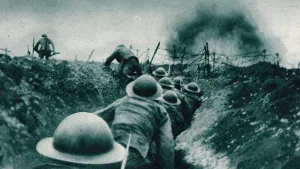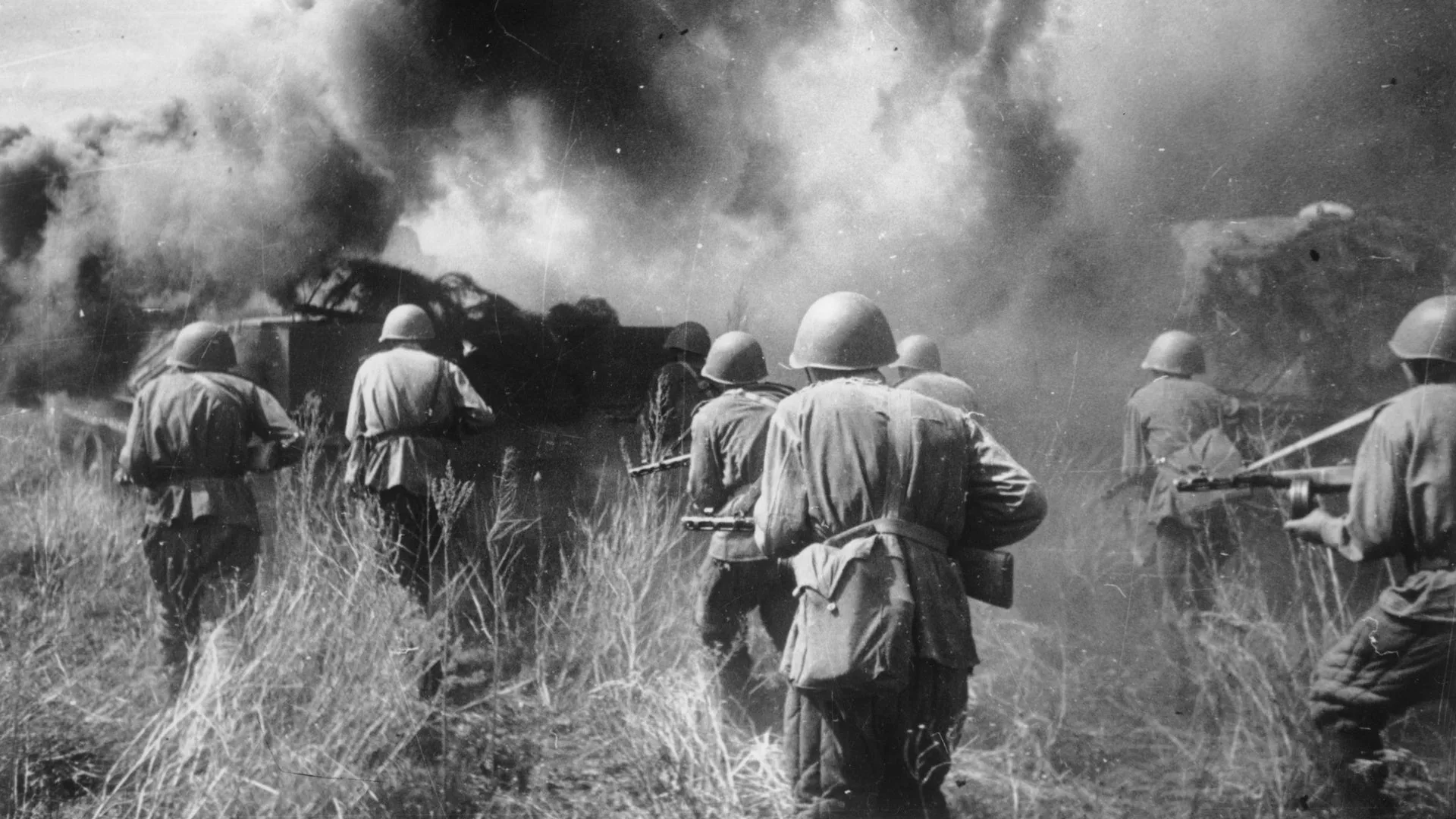World War II, lasting from 1939 to 1945, was one of human history’s most devastating and transformative events. It involved more than 30 countries and resulted in significant changes to global power structures, leaving an indelible mark on the modern world.
The war began on September 1, 1939, when Nazi Germany, led by Adolf Hitler, invaded Poland. This triggered a declaration of war by Britain and France. Soon, the conflict engulfed Europe, as Germany formed alliances with Italy and Japan, creating the Axis Powers. The war saw Germany’s rapid expansion, conquering much of Europe, including France, frighteningly.

The Allies, led primarily by Britain, the Soviet Union, and the United States, fought to counter the Axis advance. The war on the Eastern Front, between Nazi Germany and the Soviet Union, was one of the bloodiest in history, with the Battle of Stalingrad serving as a key turning point. Meanwhile, Japan’s attack on Pearl Harbor in 1941 brought the U.S. into the war, significantly shifting its course.
The conflict ended in 1945 with the defeat of the Axis Powers. Germany surrendered in May, followed by Japan in September after the U.S. dropped atomic bombs on the cities of Hiroshima and Nagasaki. The war left millions dead, cities destroyed, and economies in ruin.
The aftermath of World War II reshaped global politics. It led to the rise of the United States and the Soviet Union as superpowers, sparking the Cold War. Additionally, the creation of the United Nations aimed to prevent such large-scale conflict from happening again. The war’s legacy continues to shape international relations, military strategies, and efforts for peace in the modern world.




